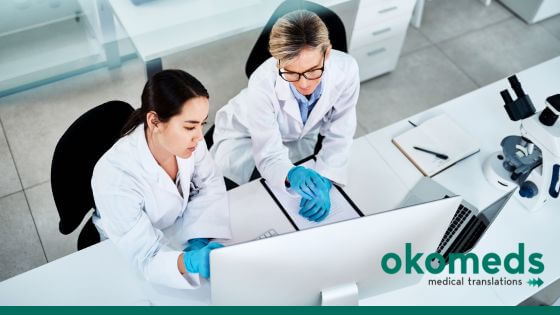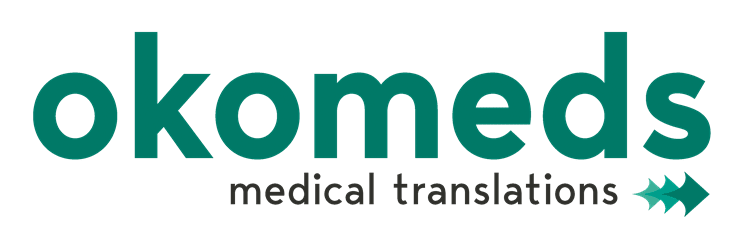
24 Apr How can medical translation reduce the burden of technology?
For clinical trial sites, technology can be an advantage, but also a disadvantage. When applied well, it helps staff to be more engaged and effective. But this can be hindered by sub-optimal technology solutions. For example, where there are duplicate technologies, insufficient user acceptance testing, lack of adequate service support or generalised training, as well as possible inaccurate translations of this content. So how can sponsors and CROs be better partners for their clinical sites? Can professional medical translation reduce the burden of technology? Keep on reading.
5 ways to reduce the burden of technology
1. Taking into account the centres’ preferences
Centres often invest in IT solutions that staff learn in depth and use in their studies. Staff become more skilled as the studies progress. If sponsors adopt these IT solutions, they benefit from the time and resources invested. Otherwise, the whole process is slowed down.
2. Prioritising user acceptance testing
Before site staff begin using the study software, sponsors and CROs should prioritise user acceptance testing. This gives them the opportunity to provide feedback on the reliability of the technology and allows them to familiarise themselves with it, as well as to report potential problems to the technology providers.
3. Broadening technical assistance
Help desk technicians are often unaware of the clinical aspects of study protocols. To bridge this gap, centres must have access to an expert with in-depth knowledge of both the protocol and the systems.
4. Making training requirements more adaptable
To demonstrate the competence of the centre’s staff, sponsors and CROs require IT training. Often, this training is designed to assume that everyone is a beginner, so it does not improve their performance. When developing training, they should use a strategy that considers the objectives to be achieved.
5. Hiring translation services
Technological and linguistic challenges can hinder the process and increase the burden on research centres, for example, through mistranslations or untranslated texts. How can a medical translator and translation, in general, reduce the burden of technology on centres?
Global Access to Platforms and Tools: By (correctly) translating the documentation and user interfaces of tools used in clinical trials, research centres in different parts of the world can use these tools effectively.
Local Language Training and Support: Providing training materials and technical documentation in the local language helps ensure that research teams fully understand procedures and protocols, thus minimising errors.
Data Interoperability: Translation of clinical data management systems (CDMS) and other IT systems ensures that the data collected is compatible and can be easily integrated into the systems of sponsors and CROs.
Conclusion
When selecting technologies for clinical trials and creating policies around their use, sponsors and CROs must take into account the needs of the trial sites. Reducing the burden of technology frees site staff to focus on their patient care tasks by using systems they understand well and trust, resulting in faster start-up and fewer mistakes.
In this respect, a medical translation agency can play an integral role. How? By facilitating global access to platforms and tools, providing local language training and support, and ensuring data interoperability. This optimises the efficiency of clinical trials and reduces technological burdens for research sites.






Sorry, the comment form is closed at this time.